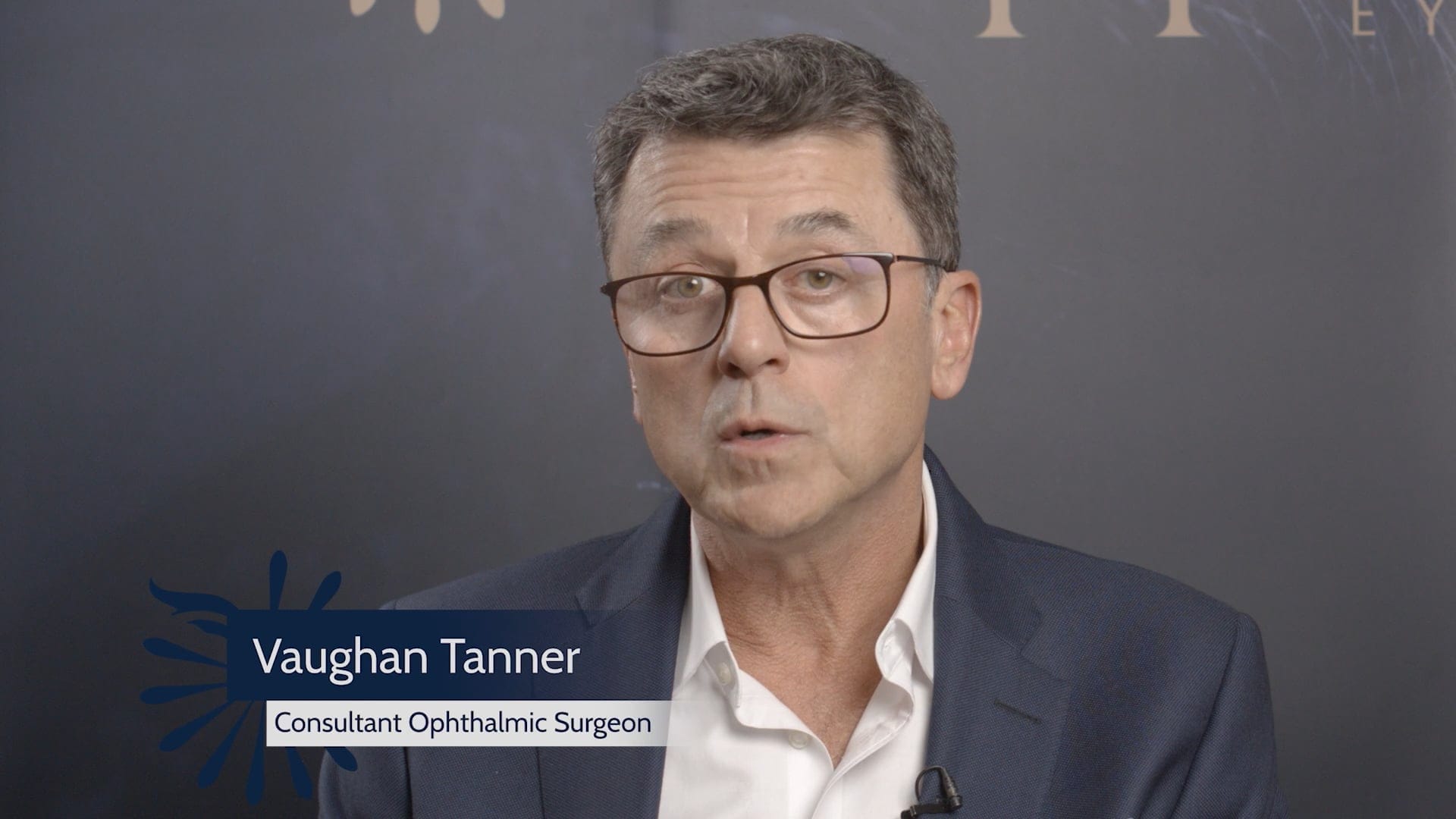Vitreous Haemorrhage Treatment
The vitreous is the clear jelly-like substance which fills the hollow space behind the lens. As we age, this vitreous gel opacifies and shrinks away from the retina.
This jelly-like material allows light to pass from the lens to the retina. Normally this area of our eyes remains clear and unobstructed.

In certain circumstances, however, the nearby blood vessels can bleed into usually clear vitreous cavity (a haemorrhage). This can prevent light from reaching the retina, leading you to experience problems with your vision.
Some haemorrhages will simply disappear naturally given time, while others may need further treatment. For this reason it’s important not to ignore the symptoms of a haemorrhage if they occur.
With a careful analysis of your eyes and your medical history, we can help you to explore the best options for treatment.

Frequently asked questions
What causes a vitreous haemorrhage and how does it affect vision?
Vitreous haemorrhage surgery becomes necessary when the clear gel (vitreous) inside your eye becomes clouded with blood. Conditions like diabetic retinopathy, retinal tears, or ocular injuries can lead to this issue, obscuring vision and creating a sense of floating shadows or darkness over your field of sight.
What does vitreous haemorrhage surgery involve?
Vitreous haemorrhage surgery, or vitrectomy, at Sapphire Eye Care involves the careful removal of the vitreous gel and the blood within it. This procedure not only clears the blood obstructing your vision but also allows our surgeons to treat any underlying retinal pathologies that may have caused the bleed. The procedure is typically carried out under local anaesthesia. The use of intravenous sedation can be discussed with your surgeon in clinic.
How successful is vitreous haemorrhage surgery at Sapphire Eye Care?
The success of vitreous haemorrhage surgery at Sapphire Eye Care is measured by the clarity of vision restored and the stabilisation of the underlying condition that caused the haemorrhage. The procedure has a high success rate, with many patients experiencing substantial improvements in their vision post-surgery.

